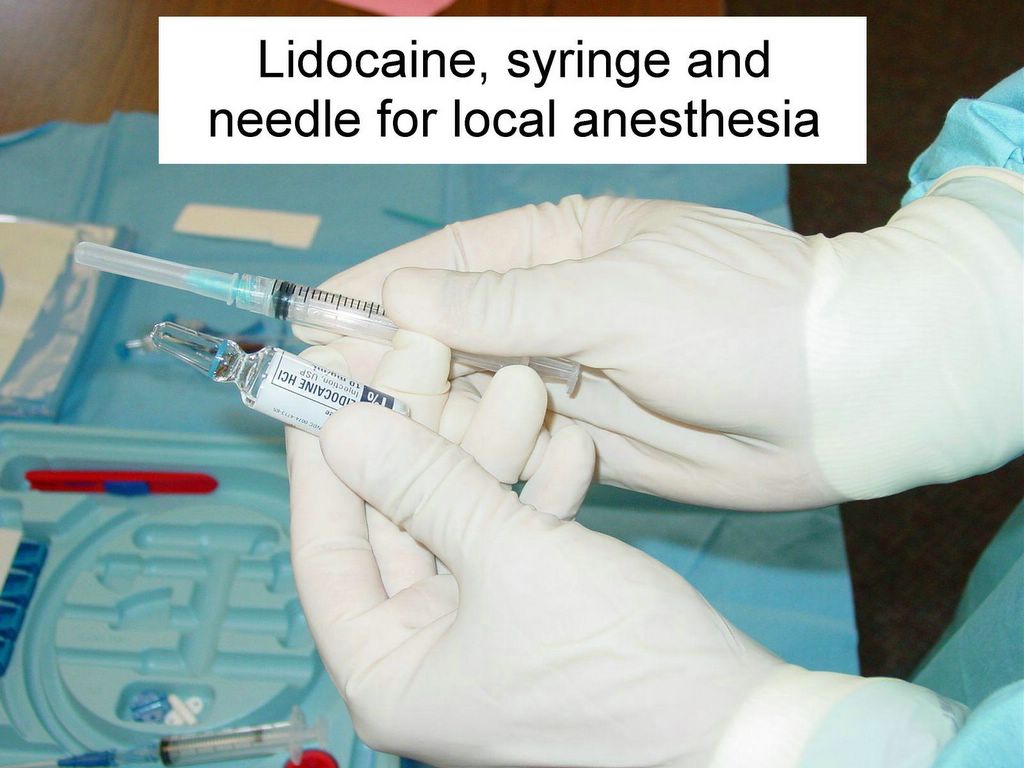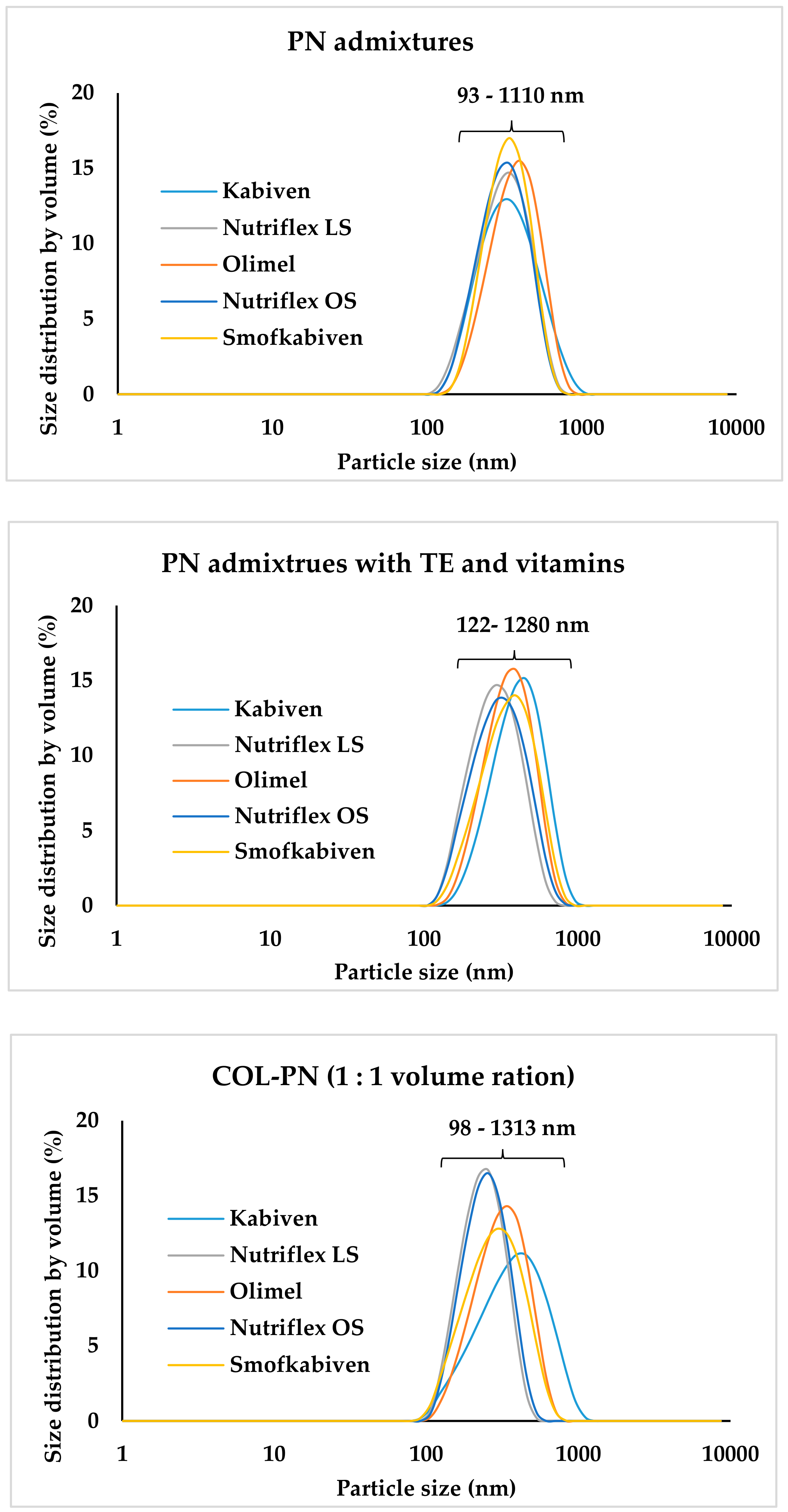

Some agents require non-leaching, DEHP-free tubing others require an inline filter, while others specifically state not to use this tubing. Tubing features can present another challenge when considering how to best administer chemotherapy agents. If not clearly defined in the literature, practitioners should follow the sequence of administration published in the regimen’s original study.According to the ONS and American Society of Clinical Oncology standards, sequencing of chemotherapy agents must be included in the chemotherapy order set.Two important safety features are important here. In some regimens, enough data support sequencing of agents, but in others, data are lacking. Multiagent regimens add another level of complexity, and nurses must not only ensure patient safety but maintain safe handling principles and confirm agent compatibility. The flush line can be used before, during, and after the infusion to verify line patency and blood return for a flush solution if the chemotherapy must be stopped because of an adverse reaction.Įmail ONS’s clinical inbox at to reach one of our oncology clinical specialists, who can advise on ONS recommendations, best practices, and evidence support.


 Secondary infusions are safest administered with the use of secondary tubing attached with a Luer lock connector to the primary line containing a compatible IV solution. For primary infusions, the agents should be administered by direct connection to the access site using primary tubing, a Luer lock connection should be used, and a compatible IV flush solution should be readily available for emergent administration issues and to clear the line after completion. Nurses play an integral role in determining whether an infusion is appropriate for primary or secondary infusion. Of the utmost importance is that the administration setup ensures chemotherapy is given safely and allows for prompt nursing intervention in the event of an adverse reaction or infiltration.ĭepending on treatment complexity, ONS’s Chemotherapy and Biotherapy Guidelines and Recommendations for Practice state that chemotherapy agents being administered by infusion “may be connected directly to the IV catheter or to a line of compatible maintenance solution.” Therefore, critical and collaborative consideration of the components of each regimen and the clinical presentation of the patient should be part of the treatment planning process. No solid research exists regarding IV chemotherapy administration setups, because they can vary greatly based on the regimen, equipment availability, and patient status.
Secondary infusions are safest administered with the use of secondary tubing attached with a Luer lock connector to the primary line containing a compatible IV solution. For primary infusions, the agents should be administered by direct connection to the access site using primary tubing, a Luer lock connection should be used, and a compatible IV flush solution should be readily available for emergent administration issues and to clear the line after completion. Nurses play an integral role in determining whether an infusion is appropriate for primary or secondary infusion. Of the utmost importance is that the administration setup ensures chemotherapy is given safely and allows for prompt nursing intervention in the event of an adverse reaction or infiltration.ĭepending on treatment complexity, ONS’s Chemotherapy and Biotherapy Guidelines and Recommendations for Practice state that chemotherapy agents being administered by infusion “may be connected directly to the IV catheter or to a line of compatible maintenance solution.” Therefore, critical and collaborative consideration of the components of each regimen and the clinical presentation of the patient should be part of the treatment planning process. No solid research exists regarding IV chemotherapy administration setups, because they can vary greatly based on the regimen, equipment availability, and patient status.








 0 kommentar(er)
0 kommentar(er)
